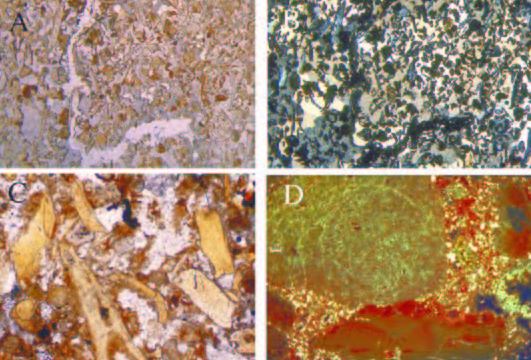Cave Turbidites
DOI:
https://doi.org/10.3986/ac.v37i1.158Abstract
Turbidites are uncommon in caves, but are more common as palaeokarst deposits. Marine carbonate turbidites, called caymanites, are the most common cave and palaeokarst turbidites, but marine non-carbonate turbidites, freshwater carbonate turbidites and freshwater non-carbonate turbidites are also deposited in caves and preserved in palaeokarst sequences. One of the most complex sequences of cave turbidites occurs in the Wellington Caves Phosphate Mine in Australia. Cave turbidites form in ponded water in caves and may be triggered by floods and highintensity rain events. While caymanites are most likely to form during marine transgressions, they can be emplaced by tsunami. Freshwater cave turbidites are most likely to form in flooded hypogene caves located in the seasonally wet tropics and in areas withirregular highintensity rainfall events.Downloads
Download data is not yet available.

Downloads
Published
2008-06-01
How to Cite
Osborne, R. A. L. (2008). Cave Turbidites. Acta Carsologica, 37(1). https://doi.org/10.3986/ac.v37i1.158
Issue
Section
Original papers
License
Authors guarantee that the work is their own original creation and does not infringe any statutory or common-law copyright or any proprietary right of any third party. In case of claims by third parties, authors commit their self to defend the interests of the publisher, and shall cover any potential costs.
More in: Submission chapter




